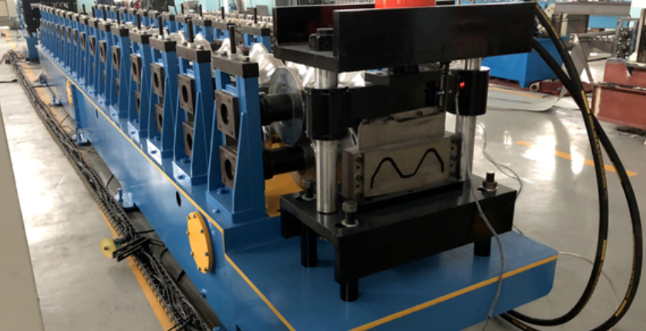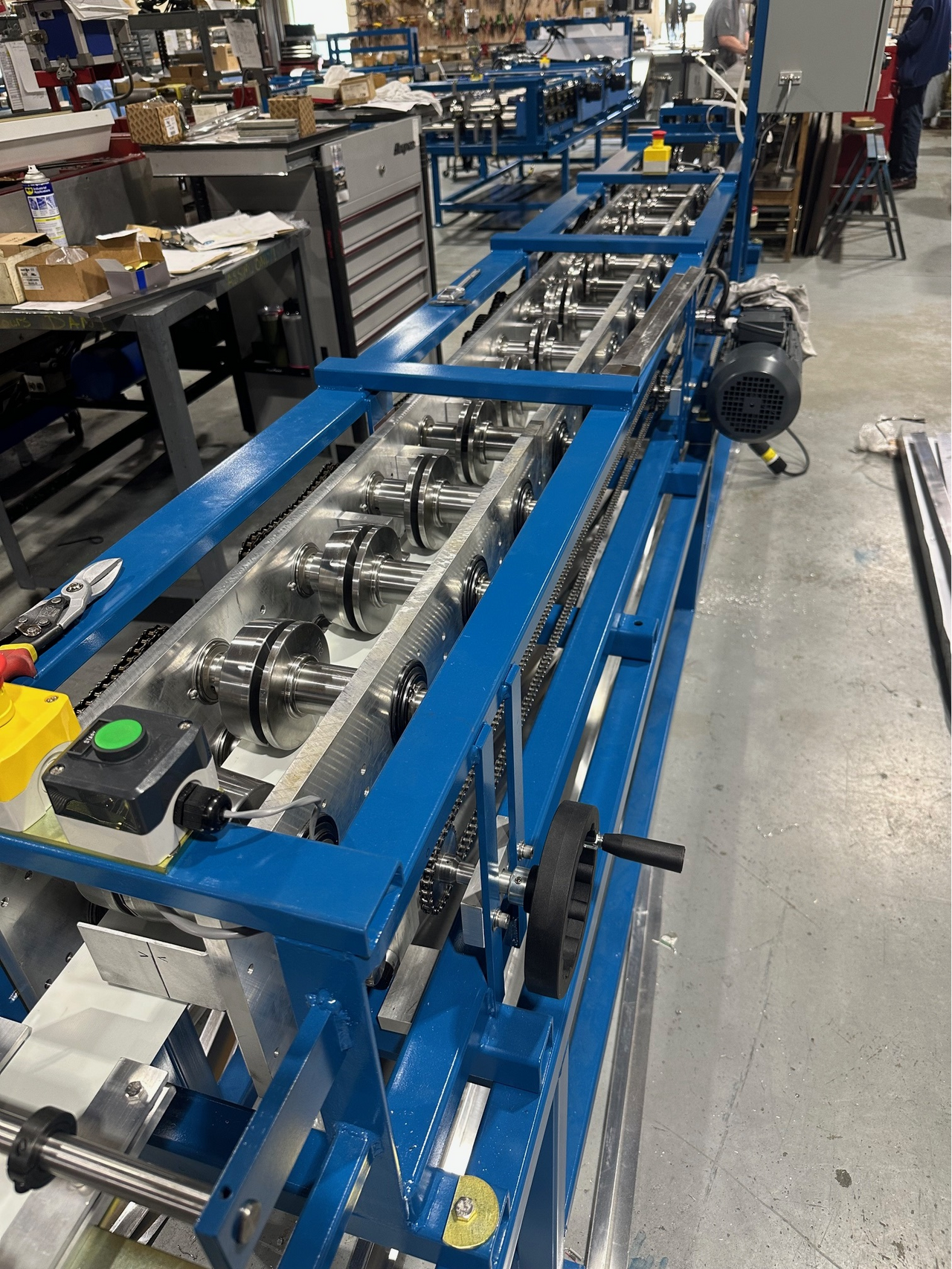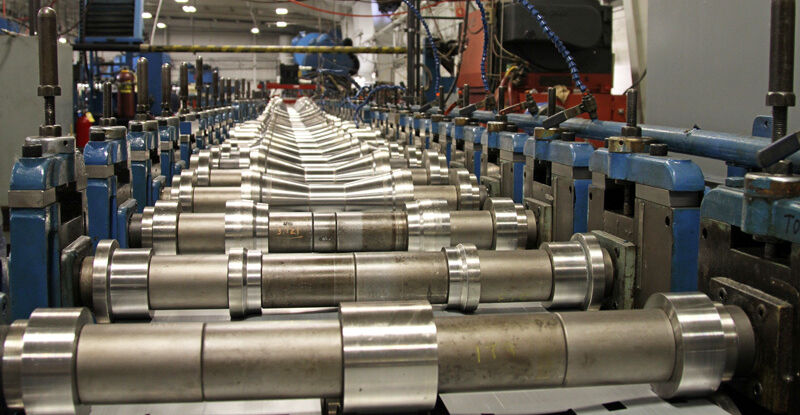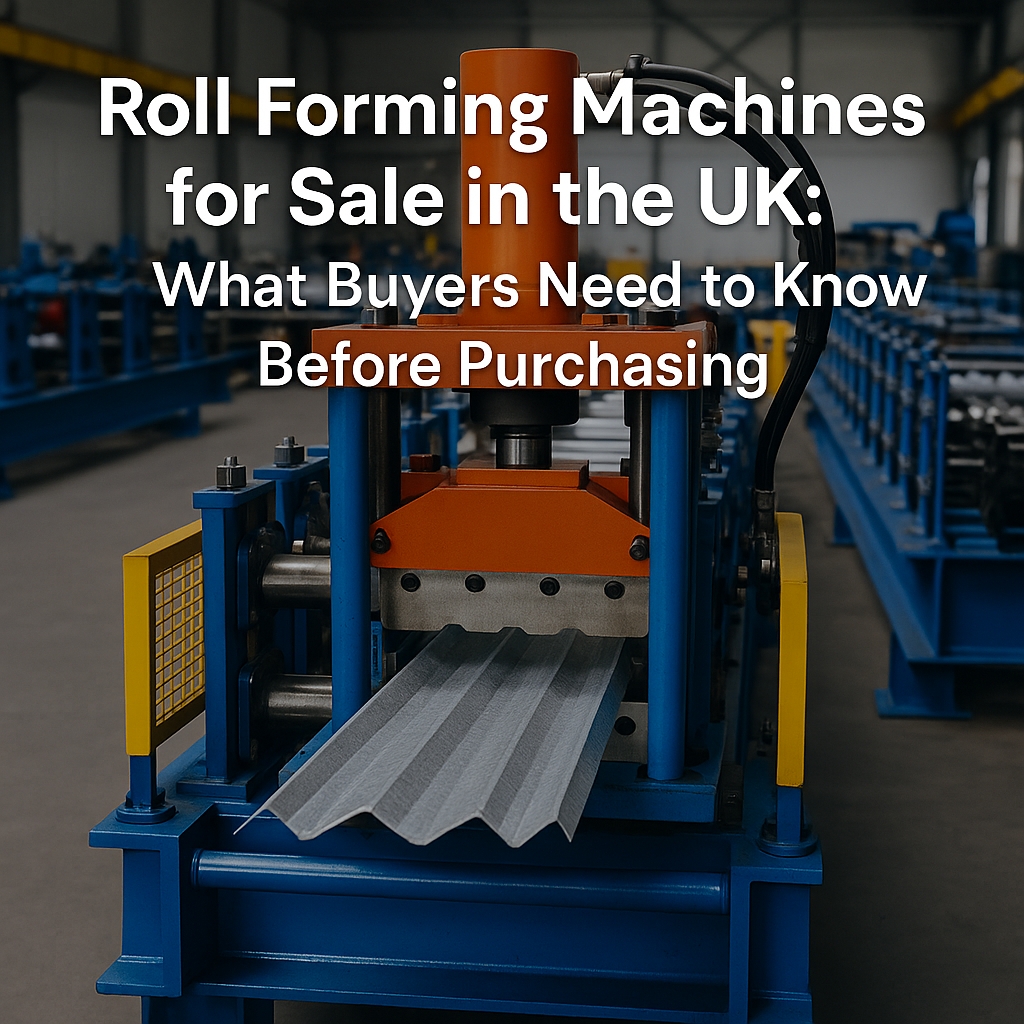
Posted on Wednesday, September 18, 2024
Guide rail roll forming machine
A guide rail roll forming machine is specifically designed to produce various types of guide rails, commonly used in industrial applications like conveyors, elevators, or safety railings. These machines offer precise forming capabilities for materials such as galvanized steel, stainless steel, or aluminum, and are ideal for creating custom profiles of guide rails to meet specific industry standards.
Guide rail profile
A guide rail profile refers to the specific shape and dimensions of the metal guide rails produced by a roll forming machine. These profiles vary depending on the application, such as elevator rails, conveyor system rails, or safety guardrails. The shape of the profile is designed to meet the structural and functional needs of its intended use.
Guide rail profiles are typically made from galvanized steel, stainless steel, or aluminum, depending on the strength, corrosion resistance, and weight requirements.
The profile design is crucial to ensure proper function, especially in dynamic systems like elevators or conveyor belts, where precision and durability are key.
If you’re looking for specific guide rail profiles or have a project requiring a custom rail design
Machine matcher specialise in matching your roll forming machine requirements with the perfect new or pre owned machine.
We partner with, and represent some of the finest roll forming manufacturers in the market. For more information and a free machine quote please contact us today or view all machines.

Most Popular Roll Forming Machines in the United Kingdom
Posted on Thursday, December 11, 2025
This blog breaks down the five most in-demand roll forming machines in the UK

Can I Finance a Roll Forming Machine?
Posted on Thursday, December 11, 2025
Financing a roll forming machine is easier than most buyers think. Here’s how leases, loans, and payment plans make production affordable.

Roll Forming Machines for Sale in the UK: What Buyers Need to Know Before Purchasing
Posted on Thursday, December 11, 2025
This complete guide explains everything UK buyers must know before purchasing, including machine types, voltage requirements, CE/UKCA compliance

Roll Forming Machines for Sale in the USA: What Buyers Need to Know Before Purchasing
Posted on Wednesday, December 10, 2025
This guide explains everything U.S. buyers need to know before purchasing a roll forming machine, including machine types, pricing, voltage
Copyright 2026 © Machine Matcher.